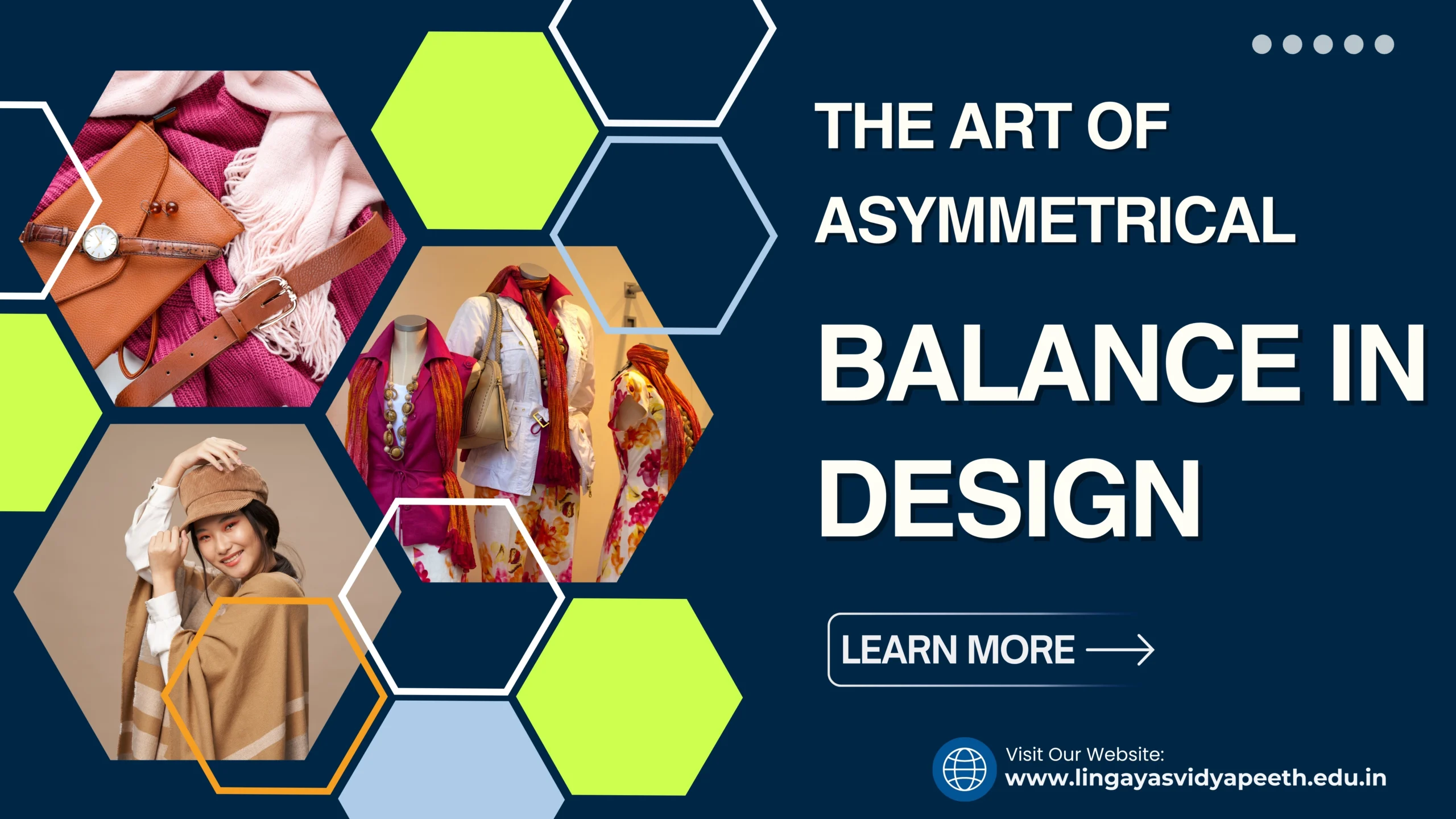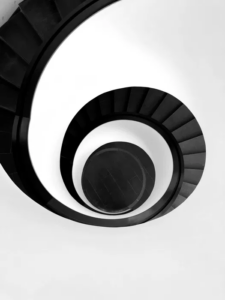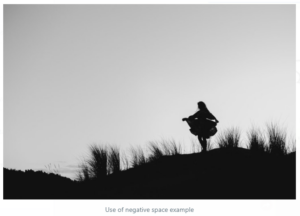Home » Breaking the Mold: The Art of Asymmetrical Balance in Design

When it comes to the world of art and design, balance plays a crucial role in creating visually appealing and harmonious compositions. While symmetrical balance is the most common and familiar form—where elements are mirrored on either side of a central axis—there is another, more dynamic technique that can make your work feel unique and energetic: asymmetrical balance.
Asymmetrical balance, unlike its symmetrical counterpart, does not rely on identical elements placed symmetrically on either side of a central line. Instead, it balances visual weight through contrast, color, size, and placement, creating an intriguing and dynamic composition.

Source: Panel from Jan Van Eyck’s Ghent Altarpiece shows symmetry.

Country road in Provence by night, an asymmetrical balance example.
Source by: Vincent Van Gogh
It might sound unconventional, but the resulting designs are often more engaging and modern, offering a refreshing twist on traditional balance. Rather than having perfect symmetry, the designer or artist uses a combination of factors to balance out the composition, ensuring the visual elements feel stable without the need for perfect mirroring. The key to asymmetrical balance is in the distribution of visual weight that can be influenced by:
Size: Larger objects tend to feel heavier than smaller ones.
Color: Dark colors often feel heavier than light ones.
Shape: Complex or intricate shapes can appear weightier than simple, minimal ones.
Texture: Rough or busy textures often seem heavier compared to smooth, uniform textures.
Positioning: Elements that are placed further from the center tend to feel heavier than those placed near the center of the composition.
Here’s Why It Works; When it comes to design, asymmetrical balance offers a world of possibilities. It’s not just about creating something that looks different; it’s about making your work come alive in ways that symmetrical balance can’t always achieve. Here are some of the standout benefits of embracing asymmetry in your design:
Asymmetrical balance naturally invites the viewer’s eye to wander across the design, exploring different elements and creating a sense of movement and rhythm. This keeps the viewer engaged, making the composition feel dynamic and never static.
If you’re aiming for a fresh, contemporary look, asymmetry is the way to go. It’s widely used in modern art, fashion, web design, and architecture to convey an edgy, innovative feel. The unexpected nature of asymmetry provides a break from traditional design, giving your work a unique, forward-thinking vibe.
One of the best things about asymmetrical balance is the freedom it offers. You’re no longer confined to the traditional rules of symmetry. This flexibility encourages creativity, allowing you to experiment with varying proportions, shapes, and placements to achieve a striking, customized effect.
The unpredictability of asymmetry can introduce tension, excitement, or surprise into your design. By guiding the viewer’s eye toward specific elements and creating contrast, asymmetry allows you to tell a story and evoke emotions in a way that symmetrical balance can’t always do.
Asymmetrical balance can evoke strong emotions or create drama by guiding the viewer’s attention toward particular elements in a composition. The lack of predictability can create tension, excitement, or surprise, making it an effective tool in visual storytelling.


A well-considered use of negative space can play a crucial role in achieving balance in asymmetrical compositions. Negative space, or the empty areas around and between design elements, can help create equilibrium even in the absence of symmetry. By thoughtfully arranging elements and leaving specific areas open, designers can maintain a sense of harmony, preventing the composition from feeling too chaotic or disordered.
Furthermore, asymmetrical elements can be arranged in a radial pattern, establishing balance that radiates from a central point. This approach enables a dynamic, yet harmonious, design, guiding the viewer’s eye around the composition while maintaining a sense of stability. The combination of negative space and radial balance offers a powerful way to enhance the overall cohesion of an asymmetrical design.
Asymmetrical balance may initially seem a bit intimidating compared to the more familiar symmetrical balance, but it is a powerful tool that can lead to more dynamic, engaging, and visually stimulating designs. By understanding how to distribute visual weight across different elements, and embracing the principles of contrast and positioning, you can create compositions that are both unique and visually balanced.
Whether you’re designing a website, creating a piece of artwork, or just trying to make your next project stand out, incorporating asymmetrical balance will help you achieve a more exciting and modern aesthetic. So, let go of the urge for perfect symmetry and embrace the beauty of imperfection!
Also Read
Guide to Various Fashion Designing Courses
Short-Term Certificate Courses in Fashion Design
Fashion Design Portfolio Tips for Students
From
Riya Kapoor
Faculty, School of Fashion Design
Lingaya’s Vidyapeeth
B.Sc Fashion Design Colleges in Delhi NCR
RECENT POSTS
CATEGORIES
TAGS
Agriculture Agriculture future AI Architecture artificial intelligence BA English BA Psychology BTech CSE BTech Engineering Business management career Career-Specific Education career guide Career Opportunities career option career scope Civil engineering commerce and management Computer Science Computer science engineering Data science degree education Engineering Engineering students English Literature english program Exam tips Fashion Design Fashion design course Higher Education Journalism journalism and mass communication law Law career Machine Learning MA Psychology Master degree mathematics MBA Mechanical Engineering Pharmacy Psychology Research and Development students
University Address: Nachauli, Jasana Road, Faridabad, Haryana
Toll Free: 1800-120-4613
Mobile : 8447744303 | 8447744304 | 8447744306 | 8447744309
Address: C-72, Second Floor, Shivalik, Near Malviya Nagar,
Above HDFC Bank, New Delhi 110017
Ph.No. - 011-46570515 / 45138169 / 41755703 / +91-7303152412
Jagmani Kutir, Ground Floor, Road No-1, Rajeev Nagar,
Near Darbar Marriage Hall, Patna-800024, Bihar
Contact No: 9818352069/8130120095
Mail: [email protected]
Copyrights © 1998 - 2025 Lingaya's Vidyapeeth (Deemed To Be University). All rights reserved.
It is important to note that the following email IDs and domains are fraudulent and do not belong to our university.
LV only conducts physical/online verification of any document related to examination on the following email id: